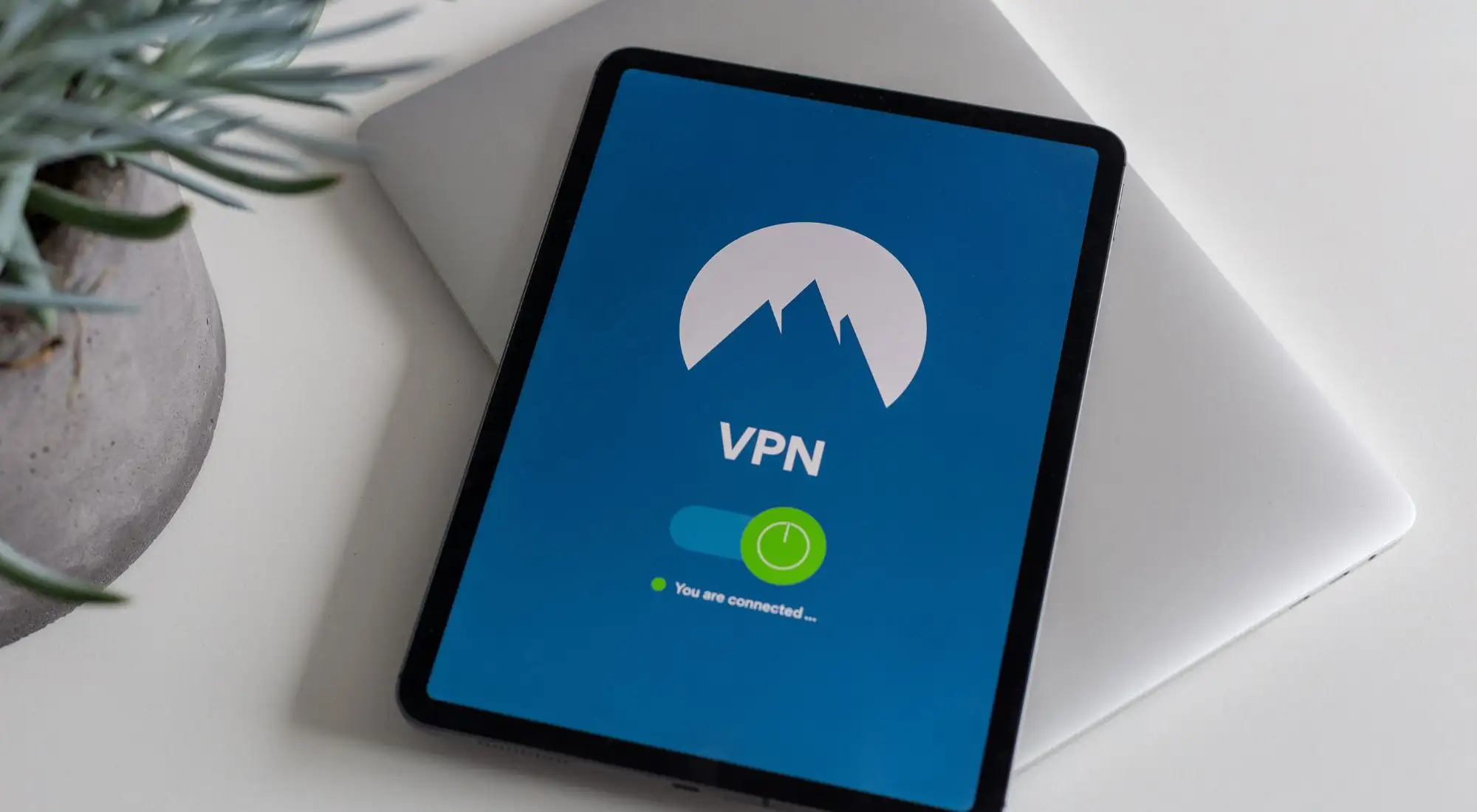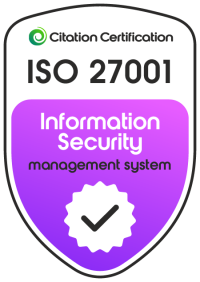With remote work now more prevalent than ever, businesses are faced with providing secure and efficient access to their systems and data for teams no longer sharing office space.
Two popular options that frequently emerge and are often debated are Virtual Private Networks (VPNs) and Remote Desktops. Remote Desktops are also called RDPs (Remote Desktop Protocol) and RDCs (Remote Desktop Connection – more commonly associated with Windows usage).
Some third-party solutions are also available that utilise one or both of these options. Both have merits and challenges, but which fits your business best? Let’s explore the key differences and help you make an informed decision.
Using encrypted tunnels, a VPN connects remote devices to a secure network. It ensures that data transmitted over the internet is protected. Remote Desktop allows users to connect to another computer in a different location and control it as if they were physically present.
Data Privacy and Security
VPNs provide a pretty robust layer of security by encrypting data and hiding IP addresses and user locations. They are ideal for secure communication and safeguarding sensitive information from prying eyes. Remote Desktop offers a safe environment by allowing access only to authorised users, but securing the remote computer is essential to prevent unauthorised access.
Direct RDP is not something we recommend due to security flaws and attempts to hack contacts. If a Remote Desktop is the preferred option for businesses we work with, we strongly recommend our clients use RDP with a VPN to protect company information.
User Friendliness
Remote Desktops are pretty straightforward and user-friendly to set up. Once configured, they allow easy access to a remote computer’s desktop and applications. Connections will generally require permission from the computer that is being accessed, which can require management if multiple users are accessing one PC or connections drop out. VPNs, while generally much more secure, often require more extensive configuration that may require technical assistance to set up.
Resource Usage
VPNs typically consume less bandwidth and are more suitable for users on slower or limited data connections. Remote Desktop, however, can be resource-intensive, especially if high-quality graphics and multimedia content are transferred.
Access Control
Remote Desktop offers fine-grained control over who can access the remote computer. You can specify individual users or groups; they must provide login credentials. VPNs usually authenticate users at the network level, allowing access to multiple resources.
Cost Considerations
VPNs are often more cost-effective for businesses due to their scalability and lower resource requirements. Remote Desktop solutions may require more infrastructure and licensing costs, especially for large-scale deployments. Once again, we recommend using a VPN to ensure organisational security if a RDP is being used.
VPN or Remote Desktop?
A Remote Desktop might be better if your organisation relies heavily on specific software and requires everyone to work within a centralised environment. It provides users with a consistent experience, like working from the office. VPNs, however, allow users to access a broader range of resources and applications.
Your choice between a VPN and a Remote Desktop depends on the work scenarios. If your employees need to access office computers remotely, Remote Desktop can provide a seamless experience. However, if they need to access various resources and data securely, it will be from multiple locations, and a VPN is more versatile.
Choosing between a VPN and a Remote Desktop ultimately depends on your business requirements. Both have their strengths and weaknesses. Consider factors such as data security, resource usage, user convenience, cost, access control, your work environment, and the work scenarios of your employees.
.. Or Both?
We believe that combining both technologies can be the ideal solution if a Remote Desktop is being considered. Utilising a VPN to provide secure access to your network and complementing it with a Remote Desktop for controlled access to specific computers can offer a versatile and safe remote working environment. Direct RDP has security gaps that a VPN can counter, while still allowing an organisation to utilise the features of a Remote Desktop.
By choosing the right remote access solution, you and your employees can work efficiently and securely, no matter where everyone is. To make an informed decision on what solution will best suit you, assess your business needs and evaluate the pros and cons of each option. If you still have questions, our team is always here to help.



